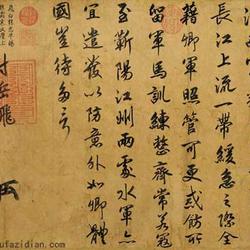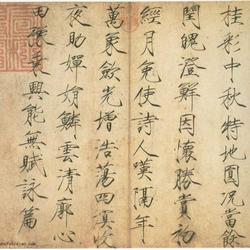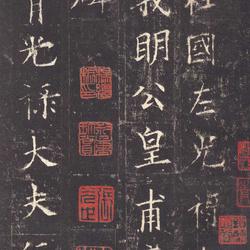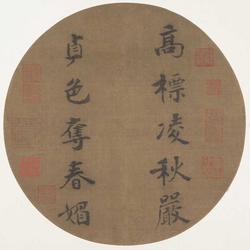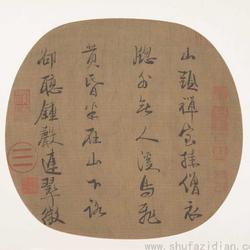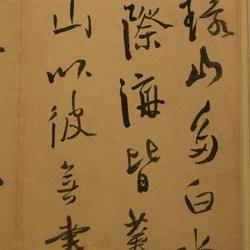Song Xiaozong Zhao Yu (shèn) (1127-1194) was the second emperor of the Southern Song Dynasty. He was first named Bo Cong, and later changed his name to Yuan, given the name Wei, and his courtesy name Yuanyong. Since Prince Yuan Yi, the only son of Zhao Gou, Emperor Gaozong of the Song Dynasty, died young, he had to choose Zhao Min from a collateral family as his successor. In the thirty-second year of Shaoxing (1162), Song Gaozong gave way to Zhao Xin. Zhao Min reigned for 27 years. In the sixteenth year of Chunxi (1189), he gave way to his son Zhao Dun. Zhao Yu died of illness in the fifth year of Shaoxi at the age of 68.
Xiaozong was the most accomplished monarch in the Southern Song Dynasty. Unwilling to settle for peace, he tried to restore the Central Plains, and at the same time reformed internal affairs, hoping to revive the country's power. The trend of compromise and peace that pervaded the government and the public during the reign of Emperor Gaozong was once reversed. However, in the face of internal and external unfavorable factors such as Gaozong's restraint at every turn, the efforts of the peace faction to obstruct it, and the war faction's talent decline, Xiaozong felt that he was unable to do what he wanted, and the great cause of ZTE had to be wasted in the end.
During Xiaozong's reign, he tried hard to revitalize the country externally, but in the end it was in vain; he re-established the majesty of imperial power internally, but the situation of corruption in government and repeated civil unrest did not fundamentally improve. In the later period of Chunxi, Xiaozong felt deeply powerless and began to get tired of the cumbersome political affairs. He planned to abdicate to the prince. However, due to the fact that the Supreme Emperor Gaozong was still alive, he was unable to implement it for the time being. In October of the fourteenth year of Chunxi, Gaozong died of illness. Xiaozong decided to mourn for three years and abdicate in the name of "keeping filial piety." In February of the 16th year of Chunxi (1189), Song Xiaozong was officially transferred to the crown prince Zhao Dun as Guangzong. He retired to Chonghua Palace and became the Supreme Emperor.
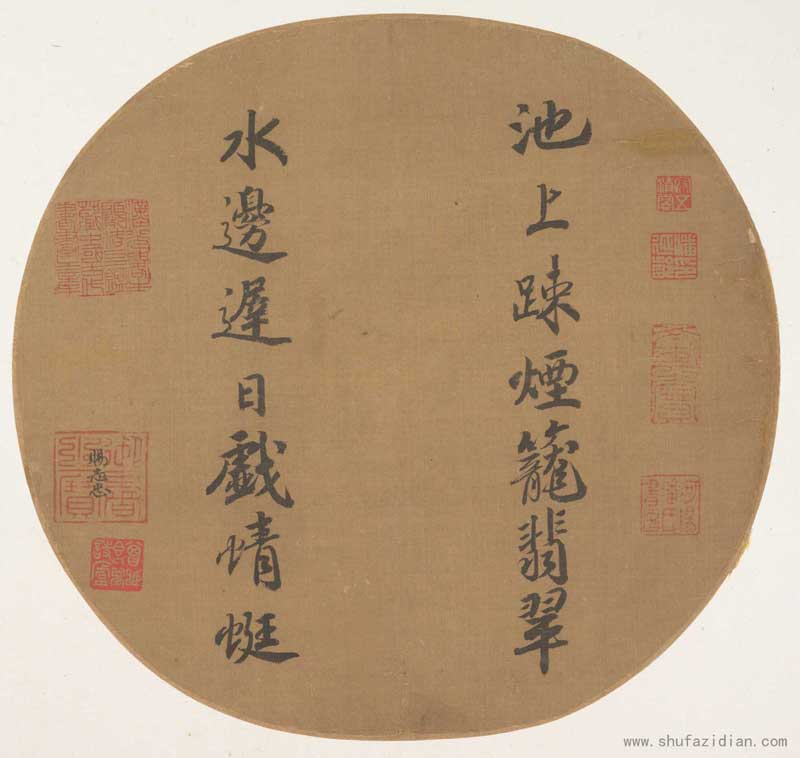
Song Xiaozong Zhao Min's "Poetry Fan on the Pool"22.9 x 24.4 cm Collection of the Metropolitan Museum of Art, USA
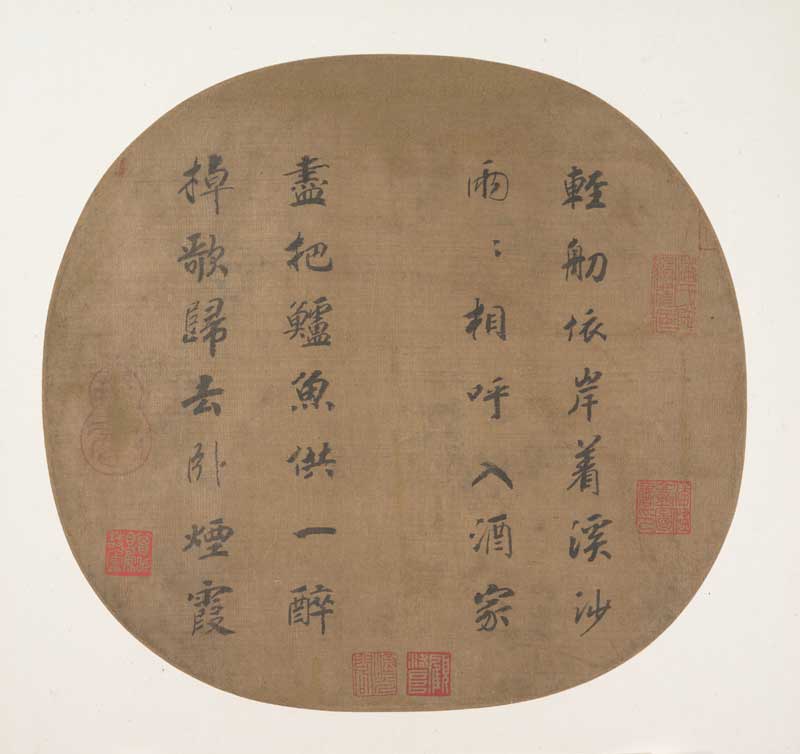
"The Fisherman's Poems and the Fan" by Zhao Zong, Emperor Xiaozong of the Song Dynasty, 23.5 x 25.4 cm, collected by the Metropolitan Museum of Art, USA

"Chibi Fujuan in Cursive Script" by Zhao Zong, Emperor Xiaozong of the Song Dynasty, 24.5 cm in length, 101.4 cm in width, gilded book on silk, collected by Liaoning Provincial Museum
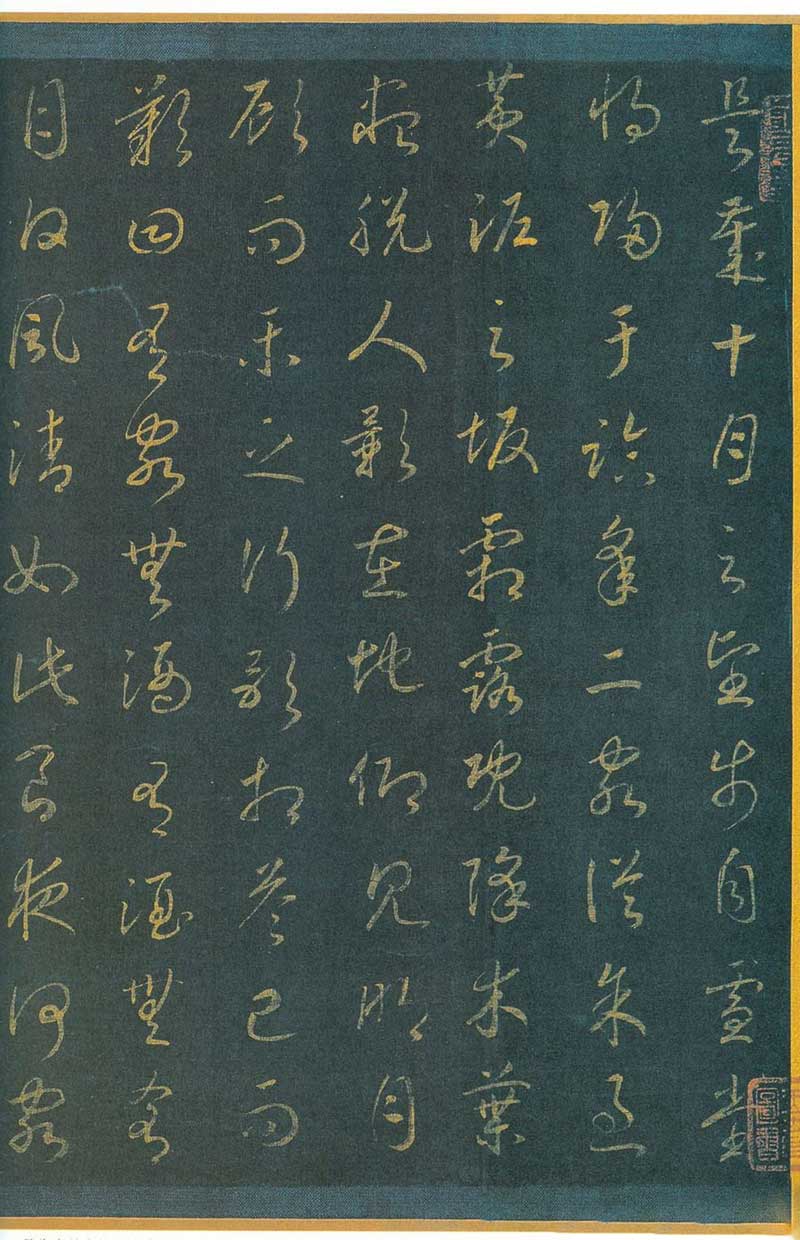
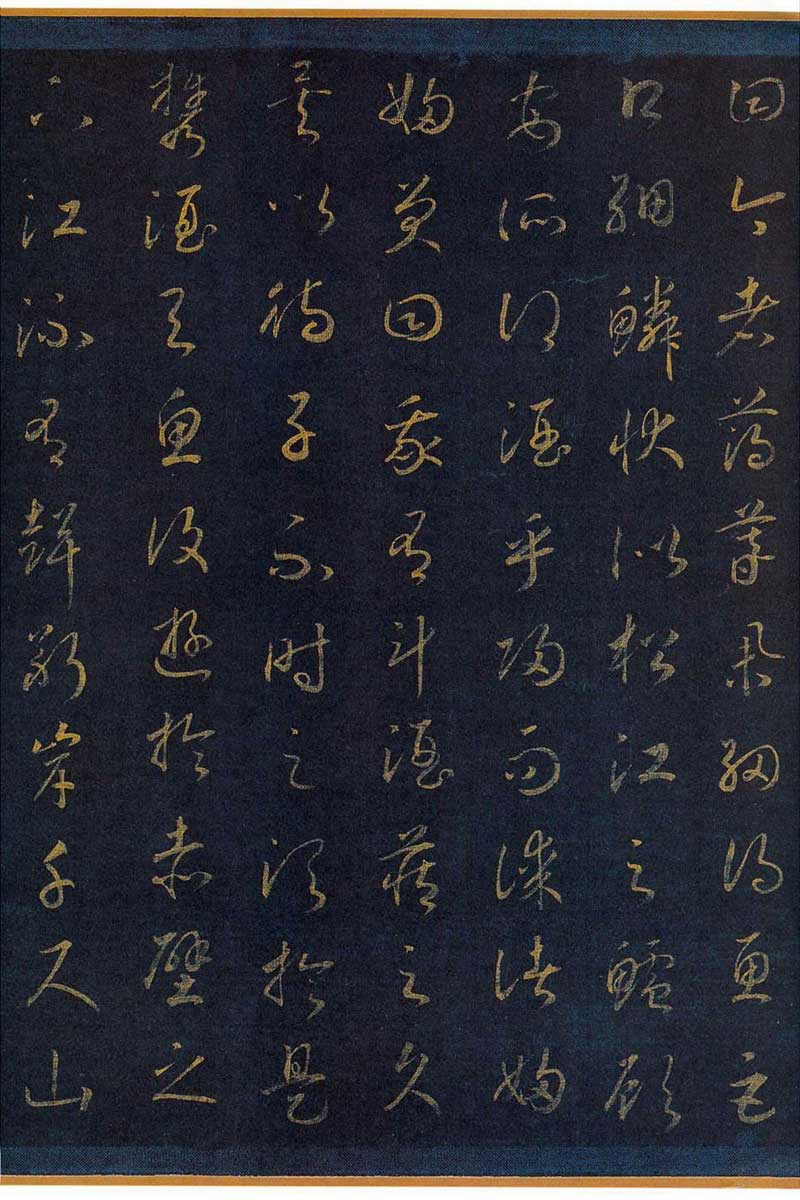
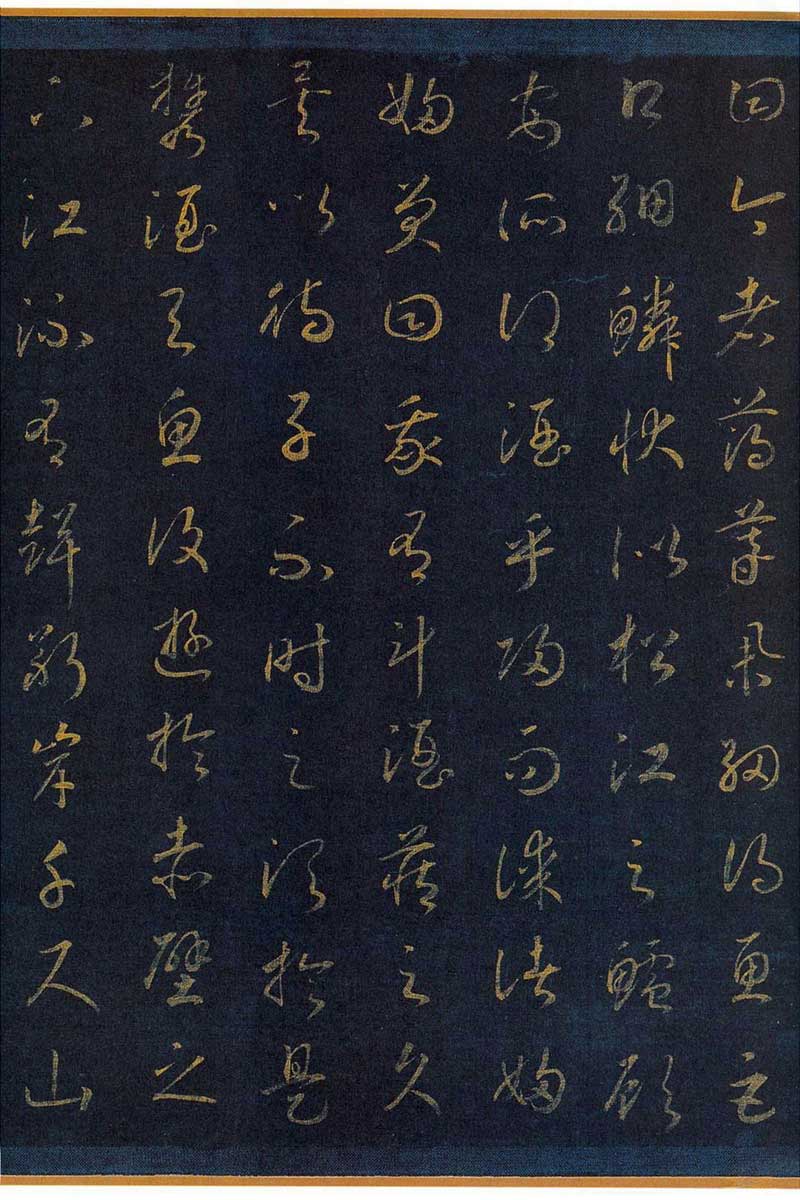
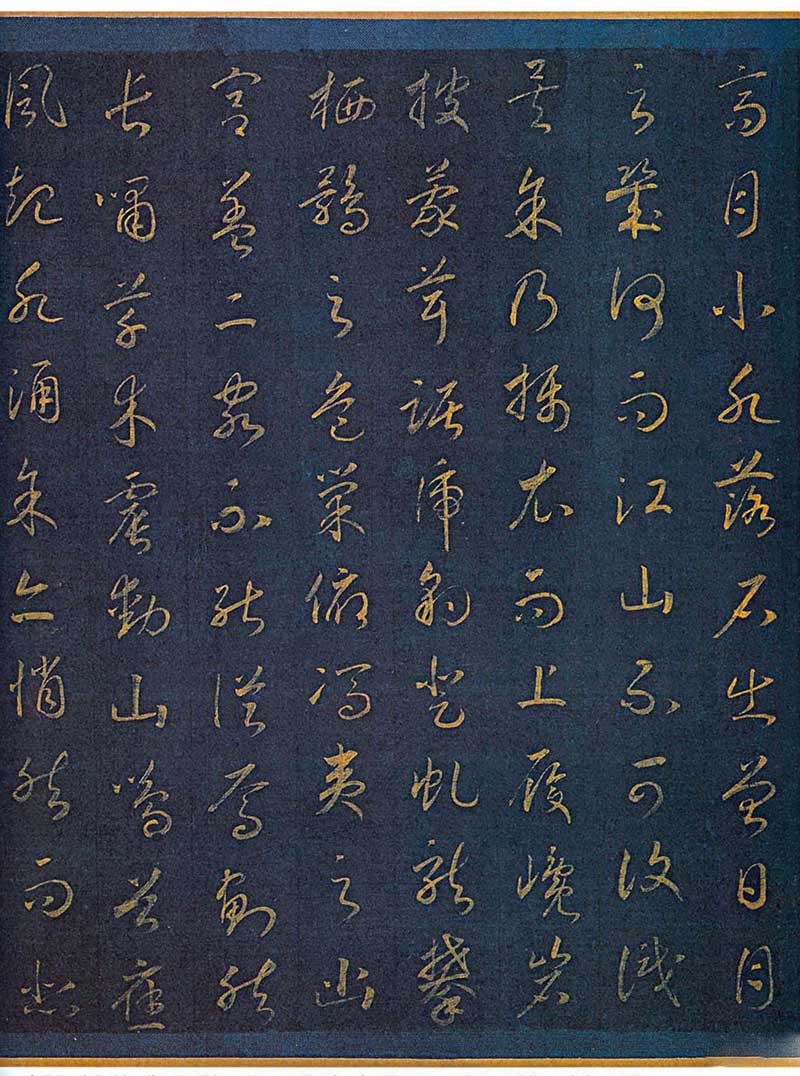
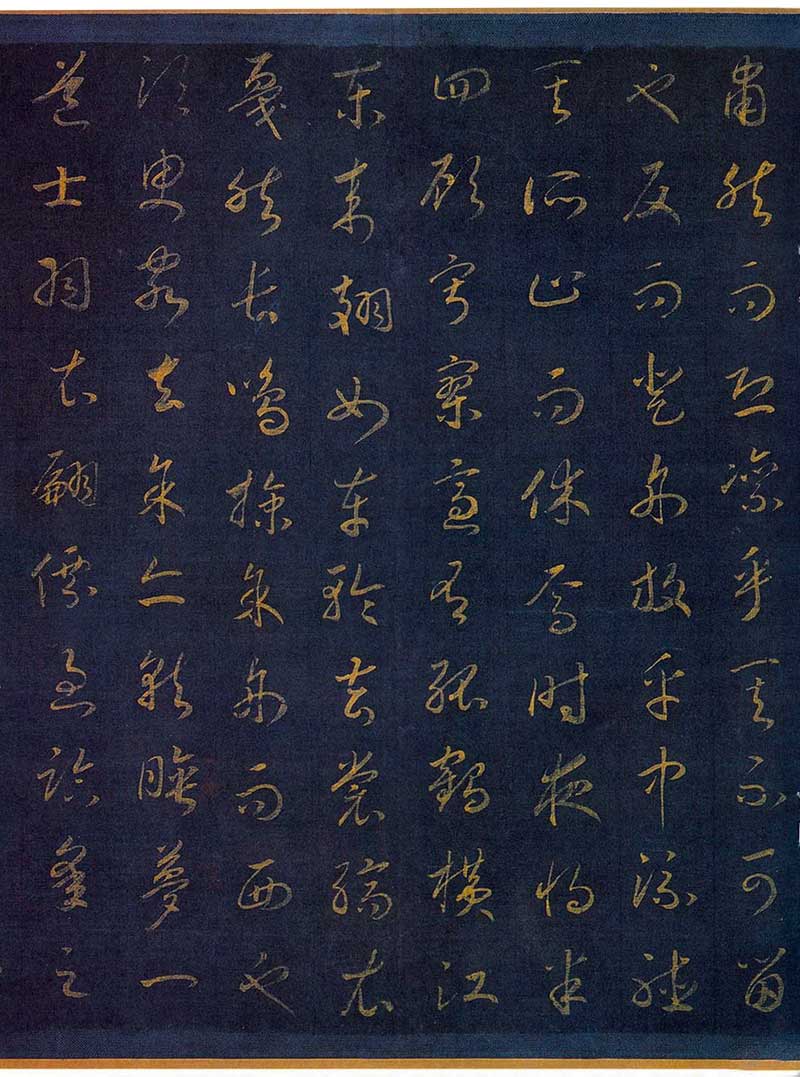
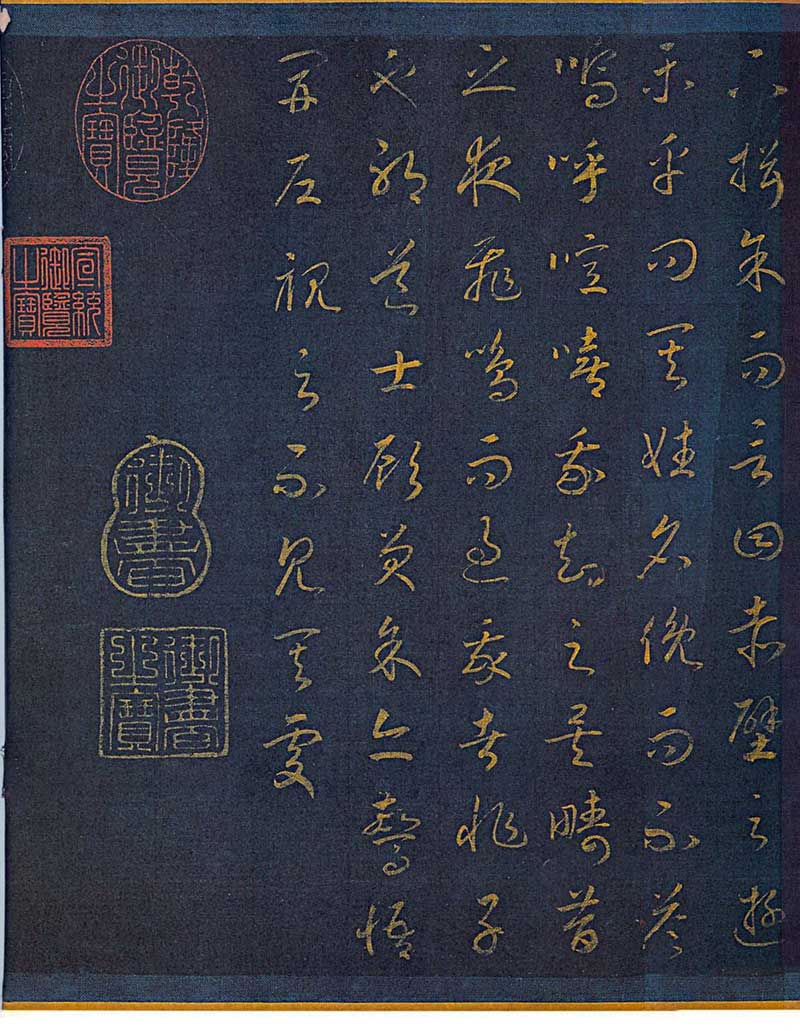
"Chibi Fujuan in Cursive Script", this volume was written by Zhao Yu, Xiaozong of the Song Dynasty, with a length of 24.5 cm and a width of 101.4 cm. It is now in the Liaoning Provincial Museum.
Since there is no authorship at the end of the work, there have been different opinions on the question of who wrote it since the Yuan Dynasty: some people think it was written by Zhao Ji, Emperor Huizong of the Song Dynasty, some people think it was written by Zhao Gou, Emperor Gaozong of the Song Dynasty, and some people think it was written by Zhao Ji, Emperor Huizong of the Song Dynasty. It is believed to be the work of Emperor Xiaozong Zhao of the Song Dynasty. (Note: Regarding the issue of the author of the book, Yu Zhenmu of the Yuan Dynasty believed that it was written by Zhao Ji, but this was questioned by Huang Ben and others who were also from the Yuan Dynasty. Yang Renkai pointed out that "Hou Chibi Fu" was written by Zhao Min and put forward relevant arguments. For details, please refer to "Some Investigations on Song Xiaozong's "Hou Chibi Fu" by Zhao Jin", published in "Yang Renkai's Calligraphy and Painting Appraisal Collection") Zhao Jin's calligraphy is very similar to that of Zhao Gou, which is almost unreal. From the perspective of writing, compared with Zhao Gou, Zhao Hao's calligraphy is often not dignified enough in writing, and the knotting of words is a little loose. Examining this volume, it is precisely this shortcoming. Furthermore, Zhao Min was more fond of Su Shi's poetry and prose, so this cursive "Hou Chibi Fu" volume must have been written by Zhao Min.
Calligraphy is a compulsory course for emperors of all dynasties before they ascend the throne. It is related to the face and dignity of the king of a country. They study and accept traditional culture such as poetry, calligraphy and painting, showing their respect and closeness to culture. This is conducive to stabilizing their dominance. The above-mentioned Huizong Zhao Ji, Gaozong Zhao Gou, and Xiaozong Zhao Yu are examples.
Among various writing styles, cursive script is the most concise and concise. A very complex Chinese character can be simplified into a few lines; a cursive calligraphy work only needs a few consecutive movements to be successful. If regular script, official script, and seal script are written in a soothing way, like someone sitting upright, then cursive script is more dynamic and can contain excitement. It can be said that everyone can write regular script, official script, and seal script, but not everyone can write cursive script well. Because cursive script omits many strokes, the spatial structure has been greatly changed, and the context must be clarified, which requires the calligrapher to have higher and more precise skills. If you don't understand the curation method and don't follow the cursive method, but allow the ink to take shape and the lettering to form the body, mistakes will inevitably occur, and the work will evolve into an unrecognizable "book from heaven." Cursive writing is completely a spiritual wandering and an expression of human spirit. Looking at this cursive script based on this, we will find that Zhao Min is a calligrapher with writing skills. He had a profound experience of cursive writing with his soul, making his temperament and skill complement each other.
In the Southern Song Dynasty, with Zhao Gou as the center, there was a strong trend of learning calligraphy, which became an embellishment of the "Zhongxing" of the small court. Affected by this atmosphere, it was natural for Zhao Min to like calligraphy. He once claimed that he "had no other hobbies or had free time, but only read and wrote for entertainment" (Ma Zonghuo's "Shu Lin Chronicle"). In calligraphy, Zhao Min adhered to the family law and had the opportunity to be personally taught by Zhao Gou. Therefore, Tao Zongyi of the Ming Dynasty said in "History of Calligraphy": "Xiao Zong's calligraphy has family laws." This cursive script "Hou Chibi Fu" volume The characters are formed according to the rules, the cursive technique is skillful and rigorous, the strokes are strong and even, the meaning of the strokes is round, the strokes are round and smooth, and it has a calm and powerful charm, which is smooth and vigorous, flying and calm at the same time. The whole work is majestic and coherent, which shows that the author was full of energy and clear interest when writing. Facing this work, we seem to see Zhao Hao soaking his pen with ink and stroking it comfortably on that section of porcelain green silk, creating a picture of spring clouds floating in the sky, curling up and down, and changing. Although this work is written in cursive script, reading it makes people feel the tepid and calm demeanor of a general. Zhao Xun's calligraphy has no habit of being continuous and careless. The beginning and end of the strokes are clear, the strokes are clear, and the characters are independent and coherent, making them easy to identify. We can extract individual words and appreciate them one by one, even if they are separated from the entire language environment, it will not hinder the view. This volume of Zhao Hao's works has his own appearance, but it also has its own origins. The influence of calligraphers of the Tang and Song Dynasties on him can be seen in the style of writing and the style of calligraphy. Paying attention to laws and regulations is the strength of Zhao Xun's calligraphy, which is consistent with Su Shi's proposition that "the true is like walking, the walking is like grass, the true is like standing, the walking is like walking, and the grass is like walking, there is no one who can't walk but can walk." Shi Yun said that "people in the Tang Dynasty respected the law, and people in the Song Dynasty valued the meaning." This refers to the overall calligraphy style of the Tang and Song Dynasties; if we specialize in cursive script, the people in the Song Dynasty also "valued the law." Zhao Min's calligraphy can confirm this.

